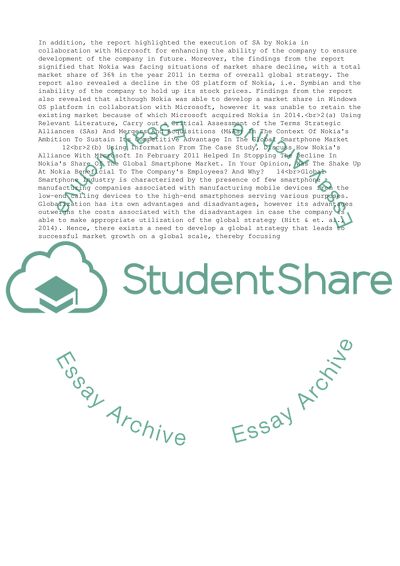Cite this document
(“Adam Individual Assessment Case Study: Nokia-Microsoft Strategic Essay”, n.d.)
Retrieved from https://studentshare.org/business/1692840-adam-individual-assessment-case-study-nokia-microsoft-strategic
Retrieved from https://studentshare.org/business/1692840-adam-individual-assessment-case-study-nokia-microsoft-strategic
(Adam Individual Assessment Case Study: Nokia-Microsoft Strategic Essay)
https://studentshare.org/business/1692840-adam-individual-assessment-case-study-nokia-microsoft-strategic.
https://studentshare.org/business/1692840-adam-individual-assessment-case-study-nokia-microsoft-strategic.
“Adam Individual Assessment Case Study: Nokia-Microsoft Strategic Essay”, n.d. https://studentshare.org/business/1692840-adam-individual-assessment-case-study-nokia-microsoft-strategic.


